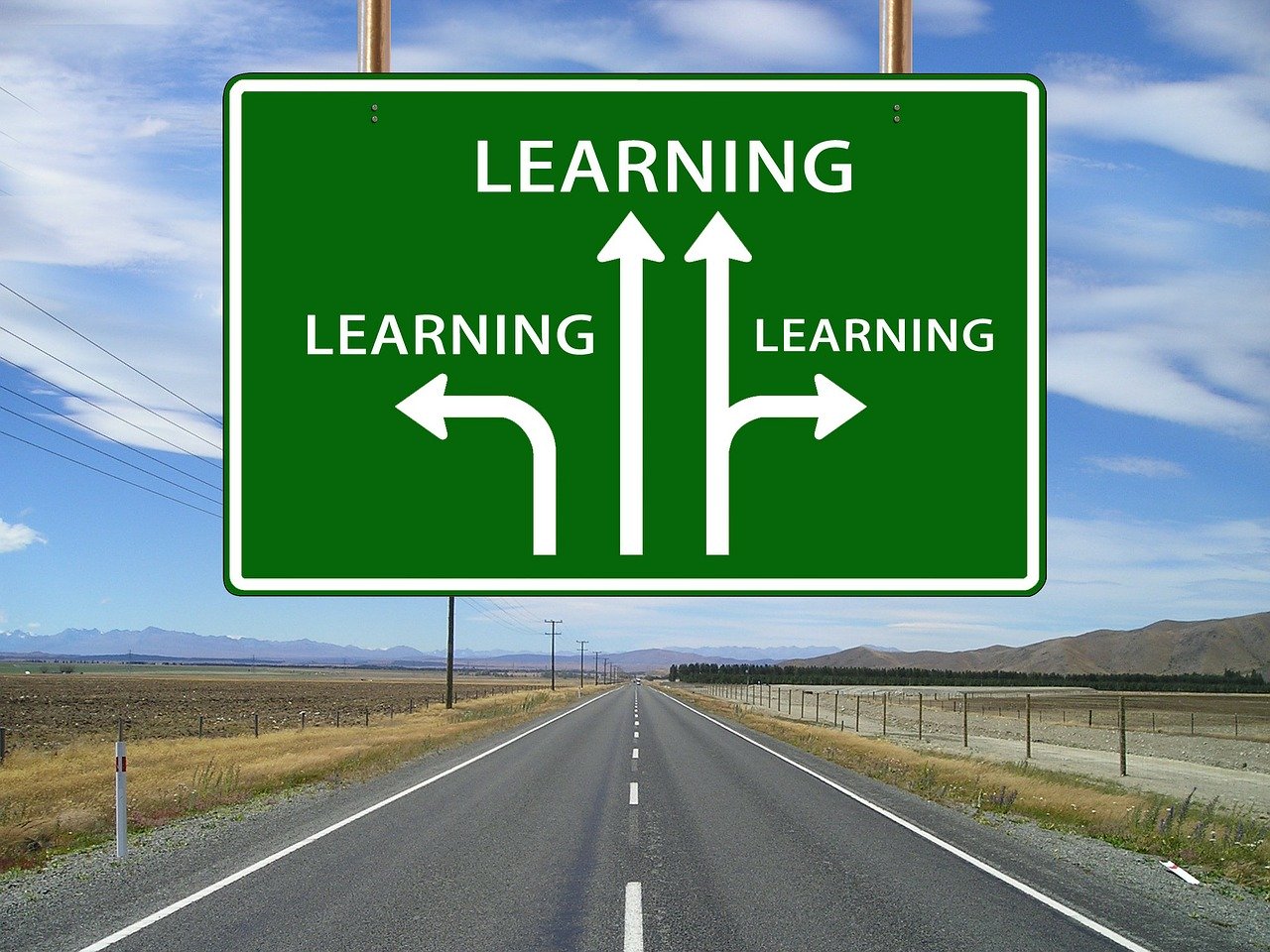Immersive learning
Vocational education is about people "doing" something in the workplace. Is about employment readiness. I have participated in numerous discussions with RTOs and employers about the chasm in business between people knowing what to do and actually doing it. Although there are many factors that can influence "doing", for the purpose of this article, we'll focus on instances when the issue is related to training and not to other organisational barrier.
Learning design for doing is much different than designing for knowing. In the continuum of the knowledge acquisition to behavior change, the majority of learning experiences focus on the left-most portion of the continuum – concept presentation, knowledge check, recall practice activities, and perhaps scenario-based application questions, repeated until there is an assessment to prove knowledge acquisition. This cycle is typical for elearning, and for most training organisations where the concept of competency-based training is not yet understood and where knowing is how success is measured. Yet, what do these assessments results really tell us about how well someone can do something?
Once someone has proven what they know, the next step is for them to participate applying their knowledge in context. The right side of the continuum focuses on learning by doing, which is applied practice with the feedback in the context that allows learners to hone their skills and performance in authentic environments. This can be achieved in an apprenticeship situation, on-the-job training, during structured work placement, or at least using relevant workplace simulations.
Realistic Practice
This is also the area of the continuum where immersive learning experiences fall: where simulation, games, and virtual learning environments can provide learners with realistic practice. This allows them to learn through application but without the real risks of learning in context: loss of sales, customers, reputation, and sometimes even safety.
When the barrier to behavior change is a lack of experience doing things correctly in context, immersive learning provides an opportunity to bridge the knowing-doing gap. Some times trainers assume the problem is "what people don't know" and the solution is to give them content. Unfortunately for trainers and RTOs this is only one part of the problem. The problem is also "what people don't know how to do", sometimes even "what people are not motivated to do".
As vocational trainers and practitioners, we have to be armed with the right tools to address the problem at hand. Is it a knowledge problem? If so, an elearning module might do the trick. But for context-driven performance issues, or decision making performance issues, you need to create a learning environment that allows learners to practice, fail, and learn.





